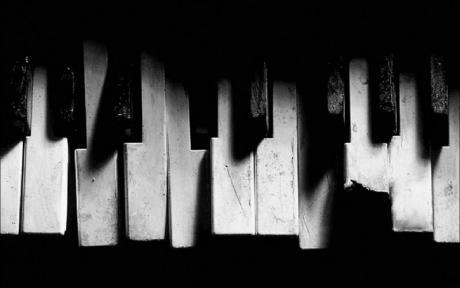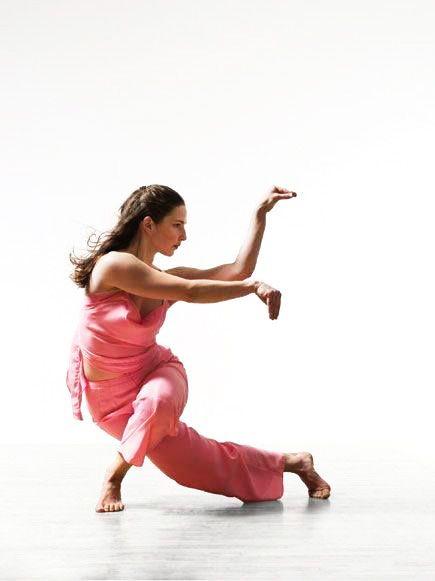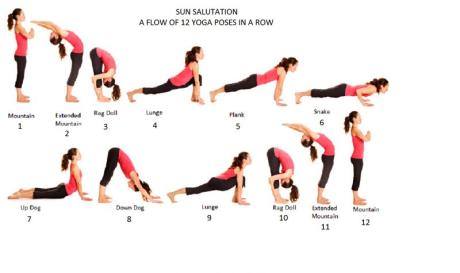Rockové klávesy - Trocha rozehřátí celého těla před vystoupením
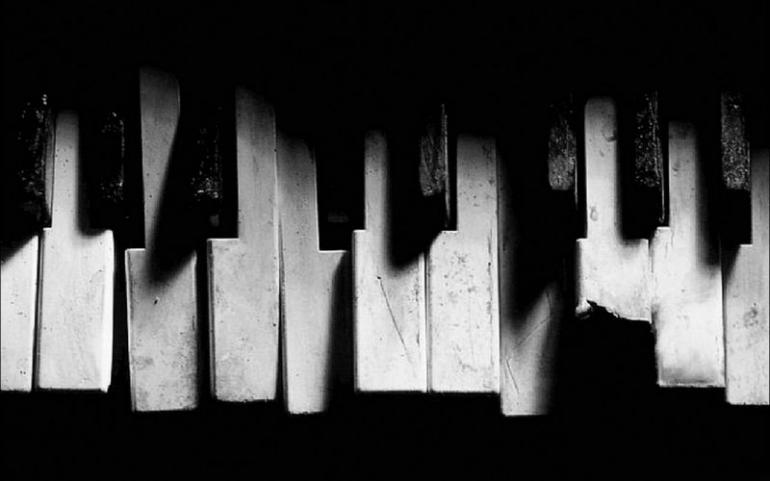
This month I want to talk a little bit about warming your body up for a performance. I personally think of music as a physical process not a mental one. The mental process is honed during long hours in the practice room over many years familiarizing one’s self with harmony, fingering, chord construction, etc. Once technique is trained to the point to where it is contained in the muscle memory, performing music, especially improvising, is a physical process. To that end, I’ve enclosed some of the warm up techniques and meditations I use when I'm getting ready for an important performance. I'll give you a few examples specifically made for pianists then a few more that everyone can use.
The Spider
here’s a easy one to start us off. This one is just to wake your mind and fingers up.... and it's fun. Check out the enclosed video link: tinypic.com/player.php?v=11sgioo%3E&s=9
We group the thumb and 3rd finger together, 2nd and 4th, and 3rd and 5th. Just alternate touching a table top with the pairs in the way a spider would walk. Feel free and mix and match the fingers. This is one you can do anywhere. It sensitizes your mind to the finger pads and trains finger independence. You can obviously do this one everywhere. I like to do this right before I’m about to play because it gets my fingers ready to move like they will when I sit down at the keyboard.
Hanon Exercises
I spoke about these a few months ago in my Piano vs. keyboard techniques article. Charles-Louis Hanon was born in Renescure, France on July 2, 1819. His exercises have become the standard exercises for piano technique. Sergei Rachmaninoff claimed Hanon exercises to be the secret of the Russian piano school. There are people that don’t like the exercises claiming that they can cause injury and there is a bit of truth to it so be careful when you practice not to hurt yourself. Hanon has a great webpage with lots of free examples and you can download the music for a very small fee. My favorite collection is called The Virtuoso Pianist. Lets take a look at Example 1.
http://www.hanon-online.com/the-virtuoso-pianist/part-i/exercise-n-1/
In Exercise 1, we skip the 2nd note of the scale in the ascending passage and after the notes descend we make the note we skipped the first of our next ascending pattern. The patterns are in both hands and given with excellent fingering. There is also a book of major and minor scales with great fingerings which is the most basic and possibly most important of the Hanon teachings. Try to pick yourself up a copy and keep it on the piano. Our whole European classical harmony is coming right out of these scales so their mastery is essential for serious keyboardists.
Let’s look at one more of these; Exercise 5:
www.hanon-online.com/the-virtuoso-pianist/part-i/exercise-n-5/
In this one we get a Bach like movement with a big skip and then a two note motif that descends before the whole phrase moves up by step. For extra credit try to transpose the exercises into 12 keys!

Here’s a video of the first 20 exercises from this volume so you can see them in practice: www.youtube.com/watch?v=_mnxstPyph A
Trembling Crane
In this next section I want to talk a little about posture, stretching, and body mechanics. My personal approach to the physicality of music comes from mostly Eastern philosophies, specifically White Crane Kung Fu. Most people think of fighting when they speak about kung fu, but the actual translation is “hard work over a long period of time”. In other words, training to become a great musician is kung fu.In white crane kung fu there are many different types of gi gong. Gi Gong is referred to as internal kung fu because it utilizes breathing, focus, and movement to strengthen the inner energy of the individual. Chi is a very elusive and highly debated topic. Some people think it doesn’t exist at all; some think it’s just electricity. It's hard to say for sure. I will tell you though, the most profound breakthroughs I’ve had in music were when I started to apply the moving soft gi gong of white crane to my practice of playing music. The hand forms, specifically the crane beak, are great for warming up the hands, arms, and mind. Take a look at Image one (insert image 1 crane beak 1). In the crane beak hand form, the fingers touch each other at the tips as the wrist bends inward. The gentle back and forth of this motion of forming the beak and returning to the resting position stretches the wrist and arms, soothes tendon problems and eases muscular stress.
Take a look at this short video link to see the concept in a moving exercise:
tinypic.com/player.php?v=6ir9qe%3E&s=9
I start off with a movement from the calling crane form of grand master Dong Mu Yao. The fingers of both hands point toward each other as the wrist gets a nice stretch from the swimming back and forth movement. This is a great stretch for the entire arms and for the wrist. There are many kinds of breathing you can do with the exercises, but for right now, just follow the breath in and out trying to take notice of when the in breath becomes the out breath. As the warm up progresses, I move the hands to the front and continue the motion. As the hands switch go back to pointing fingers of the opposite hand towards the index finger of the beak hand. Next in the video I do what is called vertical and horizontal flying. This is from the trembling crane system of Dr. Yang Jwing Ming. This style is called trembling crane because it makes use OF a whipping action which you can see in the video. To end the exercise I improvise with the hand motions moving them in different directions to give you a small hint of the other flying motions contained in the system. We end in a classic crane pose called “mother and son” because the 2 hands mirror each other. The main thing with these gi exercises is to center your mind and relax your body. Try to quiet your mind and ego and become very sensitive to the feelings of your body.
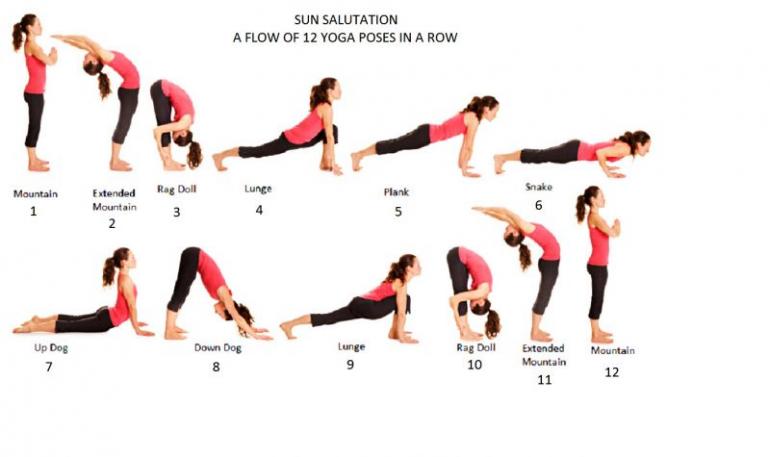
When a musician is suffering from some physical ailment due to playing, or a breakdown of technique, it's almost always because they are trying too hard and have lots of tension in their body. When you can achieve stillness of mind and body, you will find playing music is much easier.You can mix the crane gi gong with other easy stretches like the “sun salutations” from yoga or even more simple stretches like reaching for the sky or touching your toes.
Working Out
In addition to the above ideas, try to get yourself on some kind of aerobic exercise routine to strengthen your overall wellness. What you put into our body is also very important. If you are a very nervous sounding bassist, for example, maybe don't have that 9th cup of coffee :) Stillness and strength of body and mind will set you free from your physical limitations in music and make it a joy to be endlessly creative
Glossary
Hone: Toto sloveso znamená „vypilovat“ nějakou techniku či dovednost, dotáhnout ji k dokonalosti.
Mix and match: Tato fráze je používána ve smyslu „libovolně kombinovat“.
Finger pads: Bříška či „polštářky“ prstů.
Ascend, descend: Tato dvě slovesa znamenají „stoupat“ a „klesat“, v tomto případě po stupnici.
Motif vs. motive: Tato dvě slova se mohou plést, nicméně první z nich znamená motiv umělecký (a proto je použito v tomto článku), zatímco „motive“ je výrazem pro „motivaci“ či „pohnutku“.
For extra credit: Tato fráze pochází původně ze školství a většinou uvozuje dodatečný či „nepovinný“ úkol.
Chi: V čínské filozofii se takto označuje životní síla či kosmická energie.
Crane beak: „Zobák jeřába“: v rámci kung-fu se takto označuje pozice prstů a ruky, která tento zobák připomíná.
Back and forth: Tam a zpět.
Tendon: Šlacha.
Breakdown: Často překládáno jako „zhroucení“ či „porucha“, zde je ale výraz použit ve smyslu „rozdělení na menší celky“.
Sun Salutations: „Pozdrav slunci“, snad nejznámější cvičení jógy.
